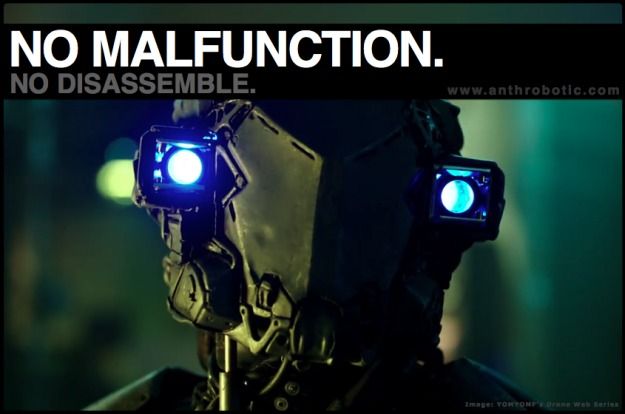Sep 9, 2012
Open Letter to CERN
Posted by Otto E. Rössler in categories: existential risks, particle physics
Dear CERN:
I love you as only a scientist can love the biggest scientific institution on earth. My proposal how to stabilize the ITER (a still larger big-science experiment than your LHC) so it can produce unlimited usable energy for the planet, just got published. I very much cherish high tech whenever it serves humankind.
This attitude of mine notwithstanding, I have been asking you in public for 4 ½ years to, please, falsify some other results which prove that your LHC experiment is jeopardizing the planet on a maximally short term basis. Specifically, I showed in mounting detail that the black holes that you are trying to produce in the LHC, (i) arise much more readily than hoped for, (ii) are invisible to your superb detectors, and (iii) are going to grow exponentially once gotten stuck inside matter (so as to shrink the earth to two centimeters in perhaps ten years’ time).
As you know, I dearly hope that the result can be shown to be false at a critical junction. Anyone who succeeds in doing so is your closest ally. However, as long as this aim is waiting to be achieved, I continue being your only ally. All other apparent allies who support your strategy of non-updating your 4 ½ years old safety report are your worst enemies. They have good reason never to show their face in public. Anyone who is opposed to the danger being disproved is obviously not your friend.









